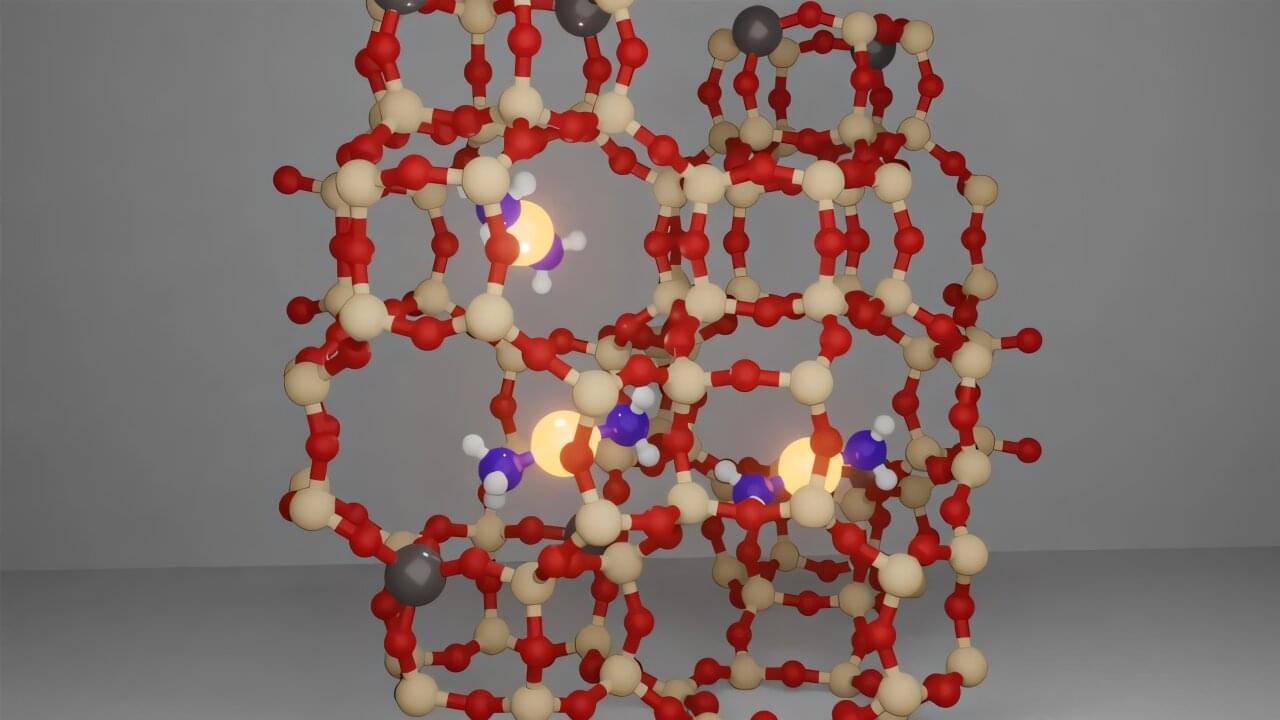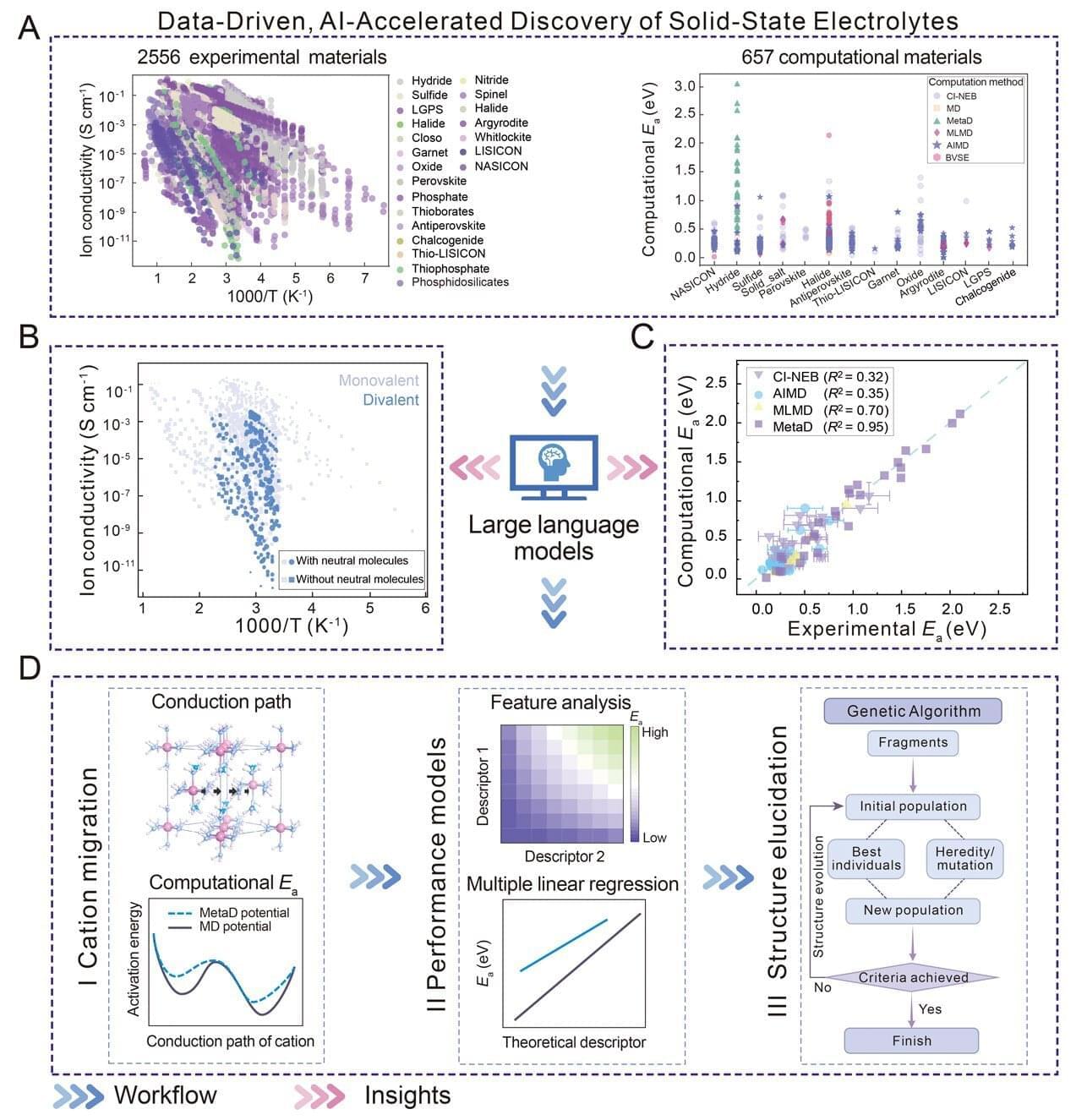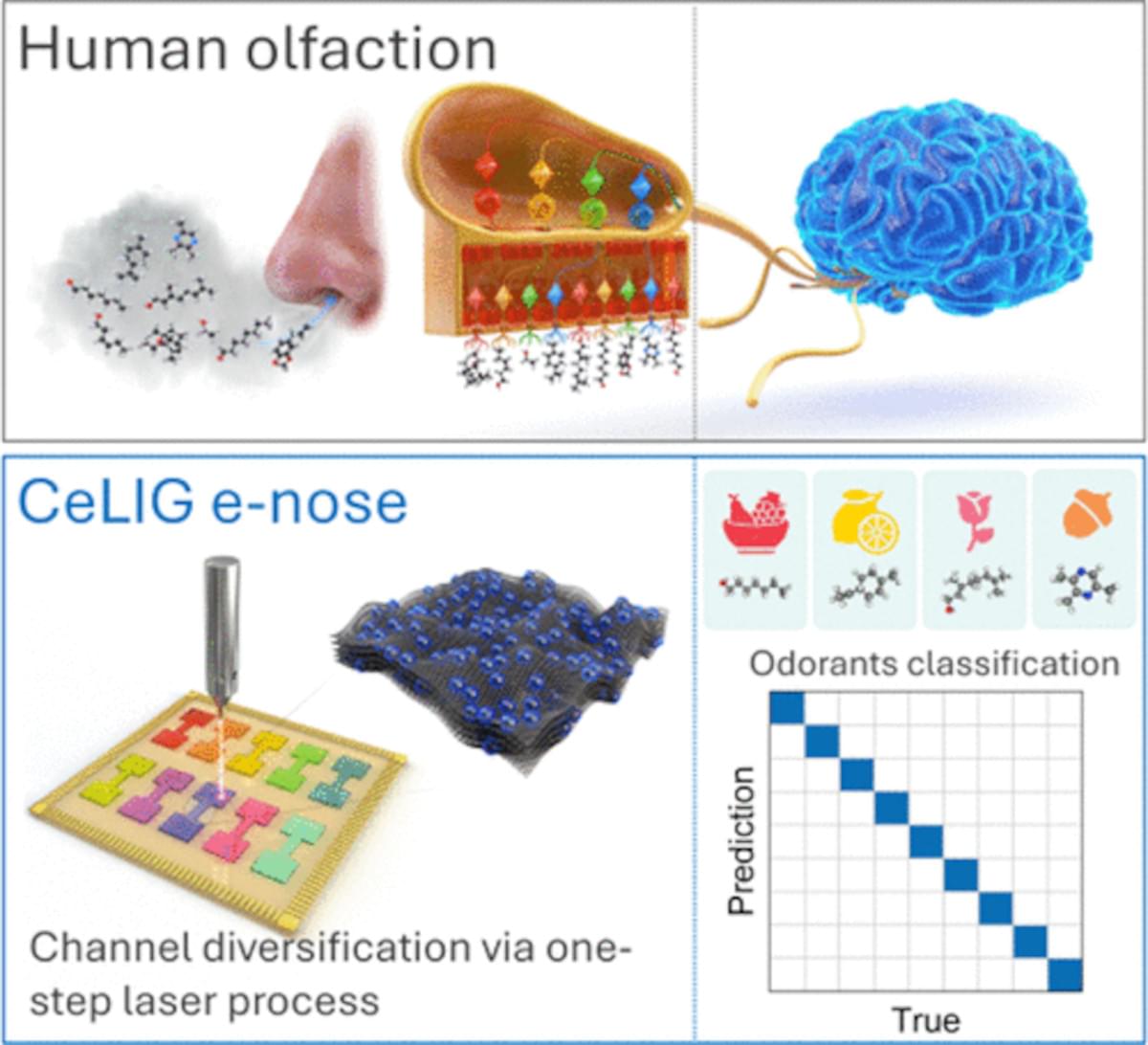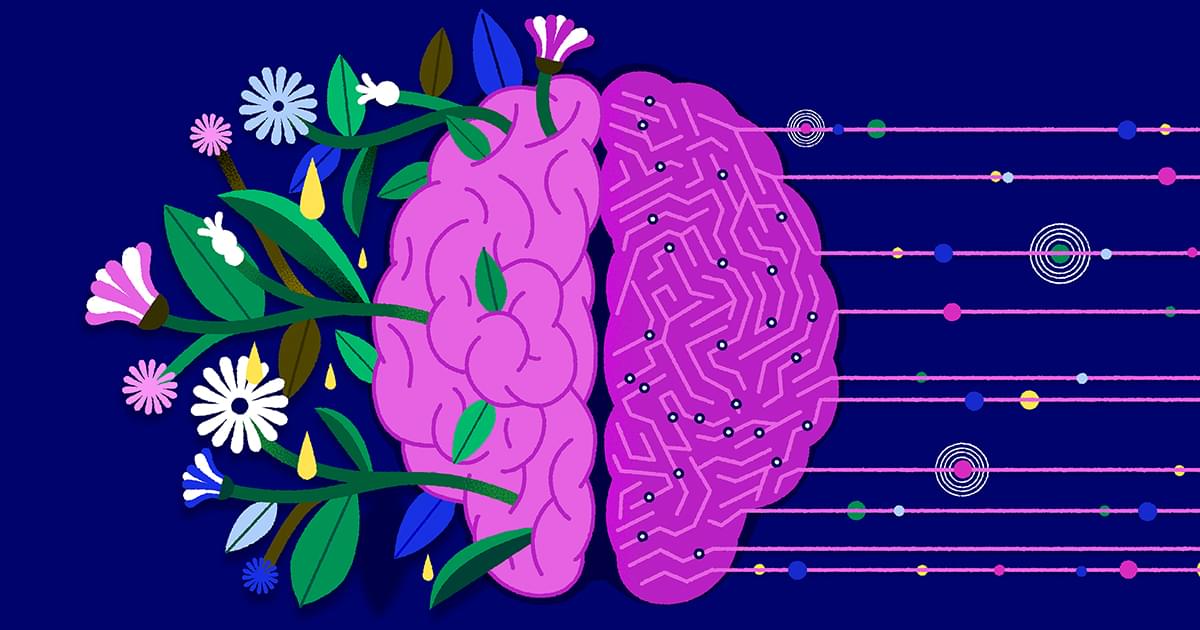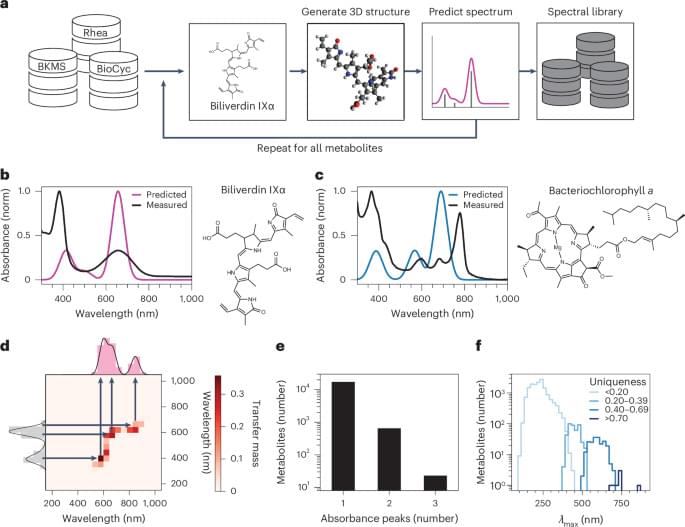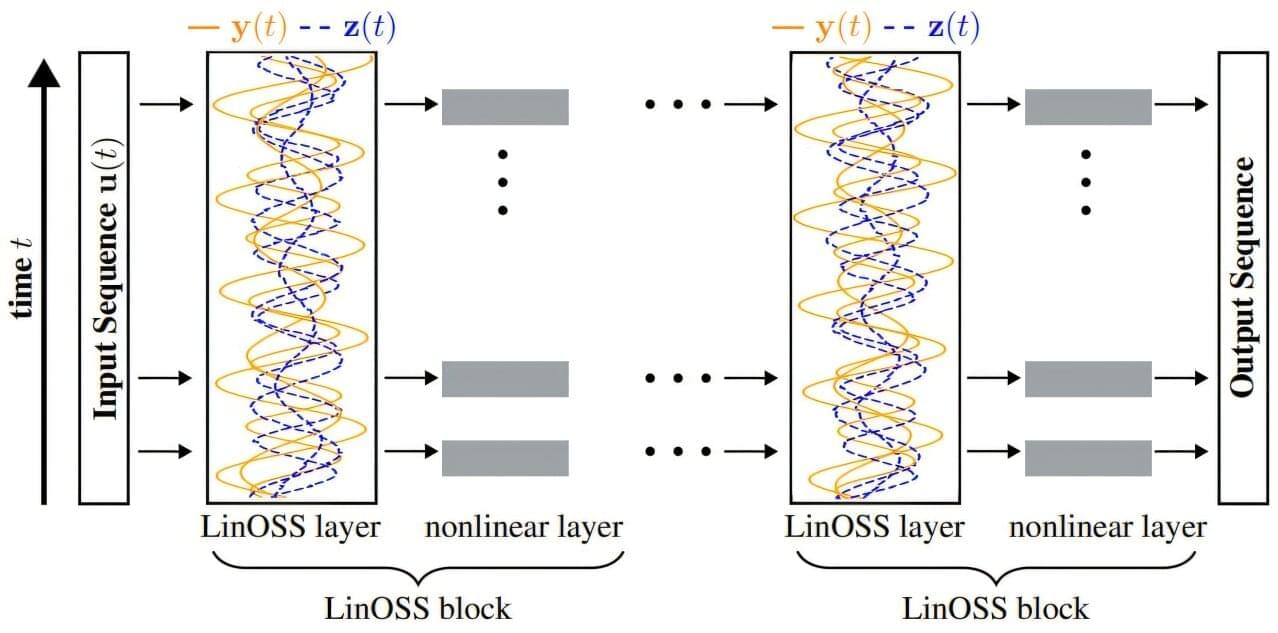When it comes to creating images of the earth from above, satellites, drones, planes and spacecraft are what tend to come to mind. But a startup called Near Space Labs is taking a very different approach to taking high-resolution photos from up high.
Near Space Labs is building aircraft that are raised by helium balloons and then rely on air currents to stay up, move around to take pictures from the stratosphere, and eventually glide back down to earth. On the back of significant traction with customers using its images, the startup has now raised $20 million to expand its business.
Bold Capital Partners (a VC firm founded by Peter Diamandis of XPRIZE and Singularity University fame), is leading the Series B round. Strategic backer USAA (the U.S. Automobile Association) is also investing alongside Climate Capital, Gaingels, River Park Ventures, and previous backers Crosslink Capital, Third Sphere, Draper Associates, and others that are not being named. Near Space Labs has now raised over $40 million, including a $13 million Series A in 2021.


